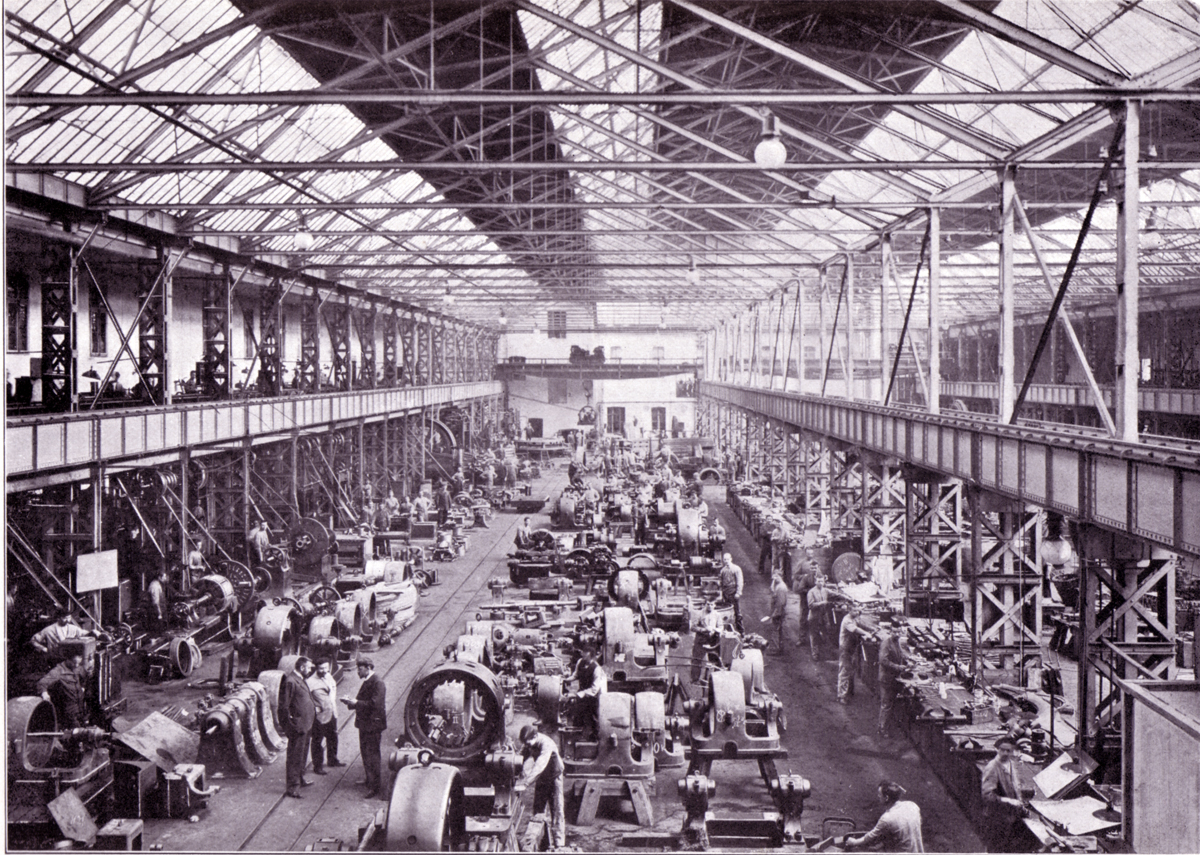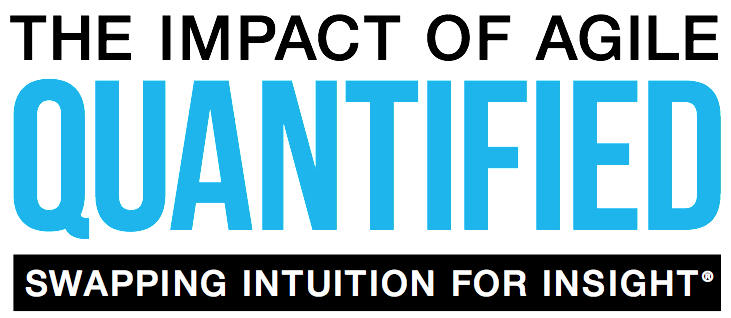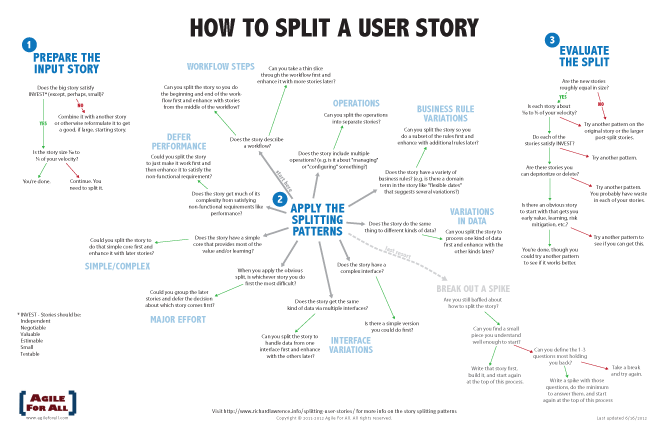How to Run a 5 Whys (With Humans, Not Robots)
Dan Milstein shares his advice on how to run a 5 Whys retrospective with humans rather than robots. A great watch!
Video:
Slide deck (also shown in the video):
I particularly like his use of humor and contrast in setting the tone for a retrospective.




